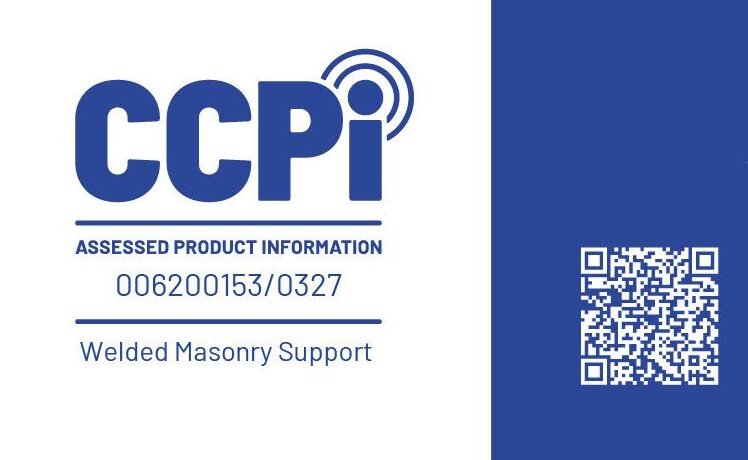The Department for Levelling Up, Housing and Communities (DLUHC) has recently published several further regulations under the Building Safety Act 2022.
Dan Rossiter FCIAT, Sector Lead at BSI, has spoken about these new statutory instruments and how they intersect with the UK BIM Framework.
“What is interesting to learn from these new statutory instruments is how important the generation, structuring, and classifying of information is to support building safety. However, it is worth noting that the regulatory duty to provide information is nothing new. Previously, there has always been a duty to provide information. For example:
- The Building Act 1984 includes duties relating to the deposit of plans as well as on local authorities relating to accepting plans via electronic communication; and
- The Building Regulations 2010 includes Regulation 38, 39, and 40 which place duties on those who undertake building work to exchange fire safety, ventilation, as well as fuel and power information respectively.
As such, much of what is being asked within the Building Safety Act 2022, and its supporting statutory instruments, aren’t new ideas but build upon these original duties. Considering the most recent amendments via The Building Regulations (Amendments) 2023, the client, along with anyone carrying out building works, must ‘cooperate’. In addition, it places a duty on clients to provide building information to designers and contractors, as well as duties on those designer and contractors to provide information to the client and the wider project team.”
Dan also explains that both cooperating and providing (building) information are essential for “‘information management using building information modelling (BIM)’ as outlined within the ISO 19650 series, part of the UK BIM Framework. Specifically:
- BS EN ISO 19650-1 identifies: What information is required; Collaborative working; as well as Collaborative production of information as key concepts of information management using BIM. Further detail is then provided on what principles underline each of these concepts;
- BS EN ISO 19650-2 and BS EN ISO 19650-3 specify the processes and related resources needed to realise these concepts. This includes the exchange information requirement (EIR) to define what information is required by the appointee (client, designer, or contractor) as well as the common data environment (CDE) to allow the frequent and controlled exchange of information throughout the project team;
- BS EN ISO 19650-4 specifies the process and criteria for exchanging information, these exchanges can include the deposit ‘full plans’, to support a building regulation application, as well as the exchange of health and safety information during project and asset management activities between team members;
- BS EN ISO 19650-5 specifies how to undertake information management activities, such as the exchange of information and collaborative working, aligned with a security-minded approach. In doing so it ensures these frequent exchanges protect personal, commercial, and sensitive information;
- PAS 1192-6 specifies how to collaboratively exchange health and safety information, including fire and structural safety information; and
- BS 8536 recommends which information should be exchanged by the designers and contractors, at specific project stages, to cooperate with the client and asset managers to realise operability.”
Hence, “the adoption of the UK BIM Framework not only provides productivity benefits but also supports an organisation in meeting UK Govt. Information Management Mandate but also provides processes which support duties placed upon the client, designers and contractors as part of the Building Safety Act 2022 as it comes into force in October.”
Read more news and exclusive features in our latest issue here.
Never miss a story… Follow us on:
Showhome
@Your_Show_Home
@Showhomemag
Media Contact
Joseph Clarke
Editor, Showhome
Tel: +44 (0) 1622 823 920
Email: editor@yourshow-home.com










